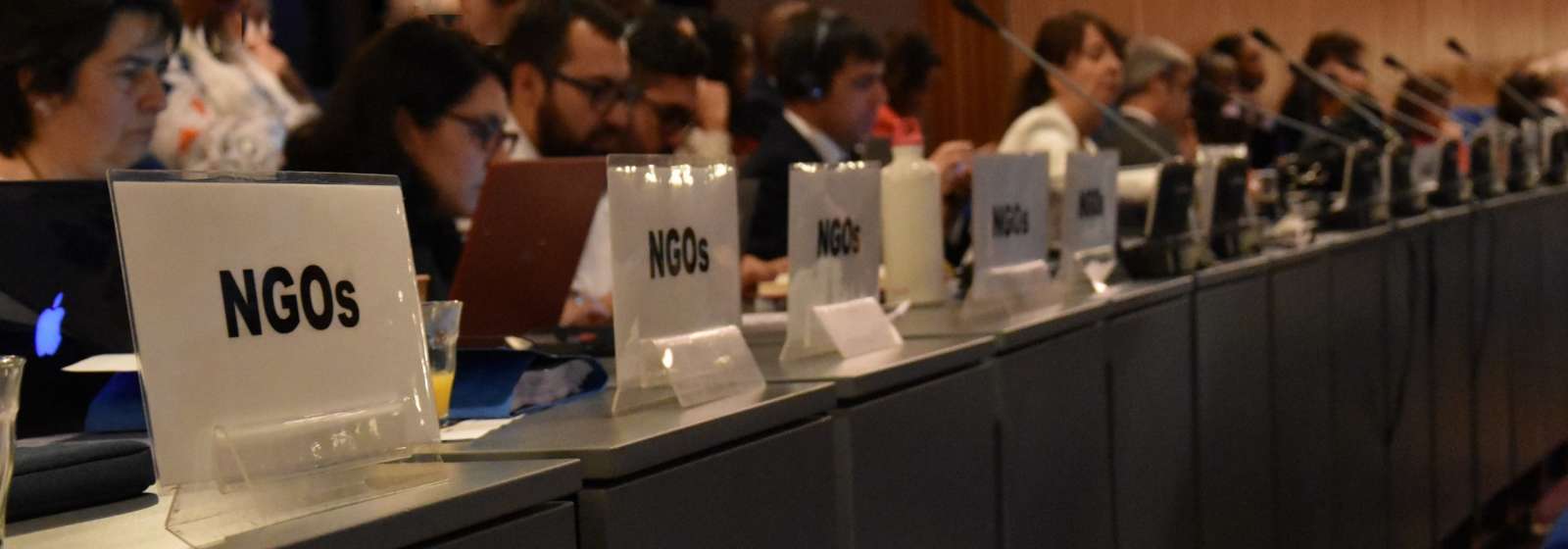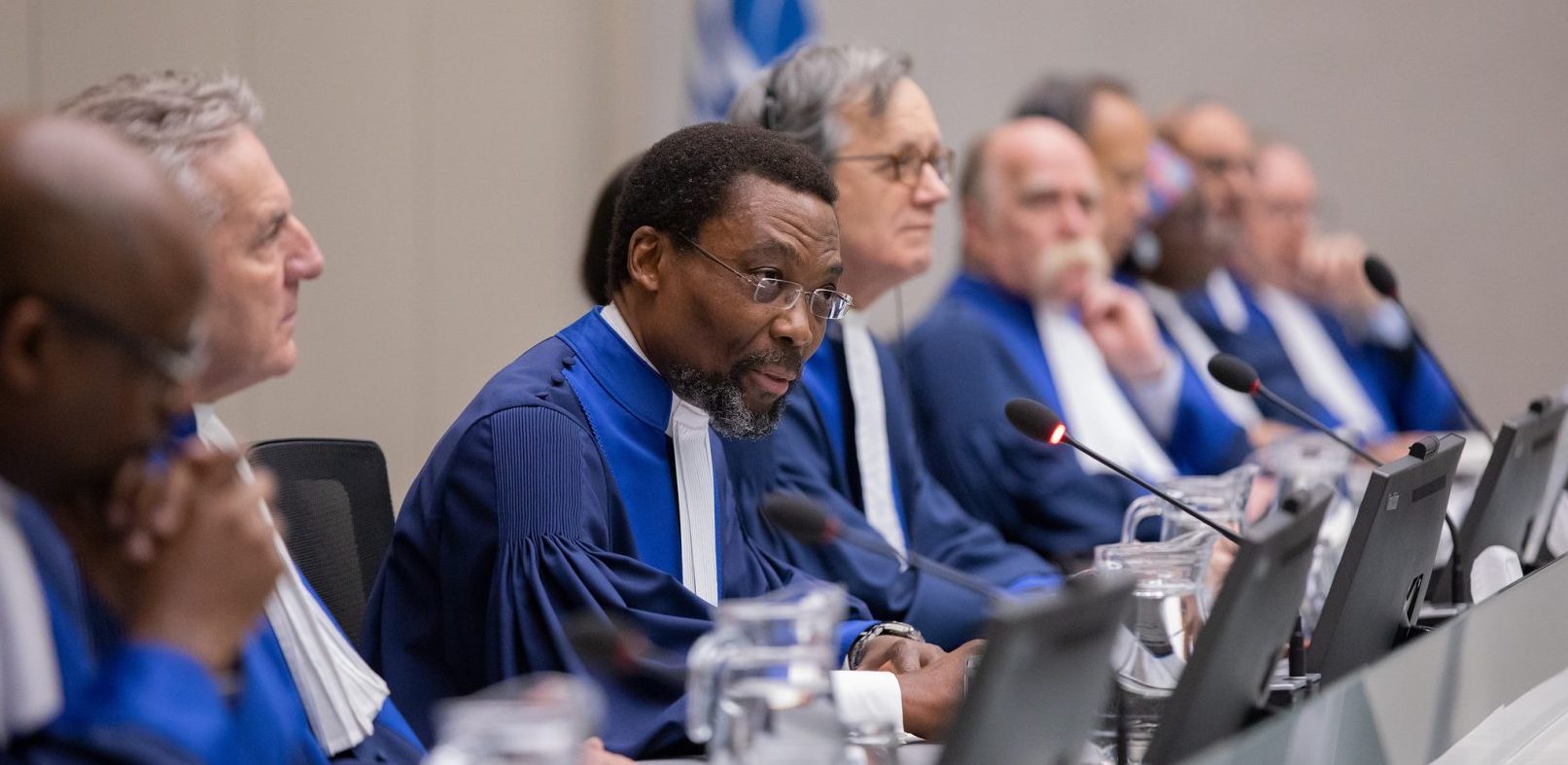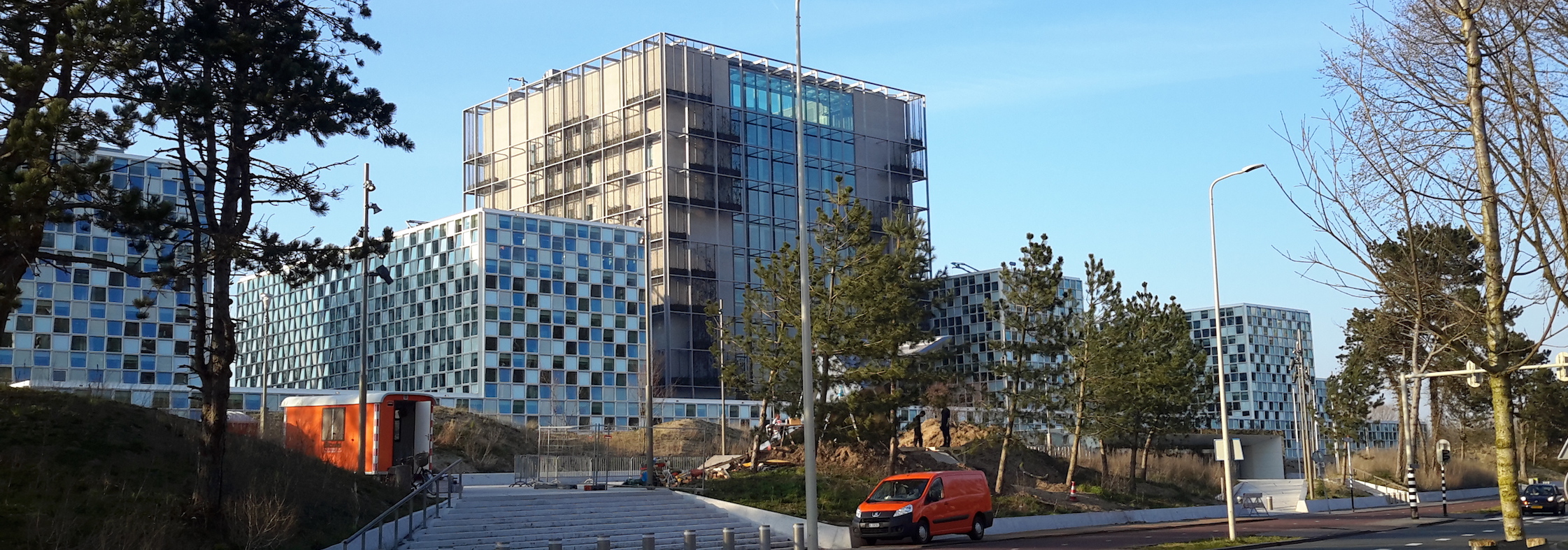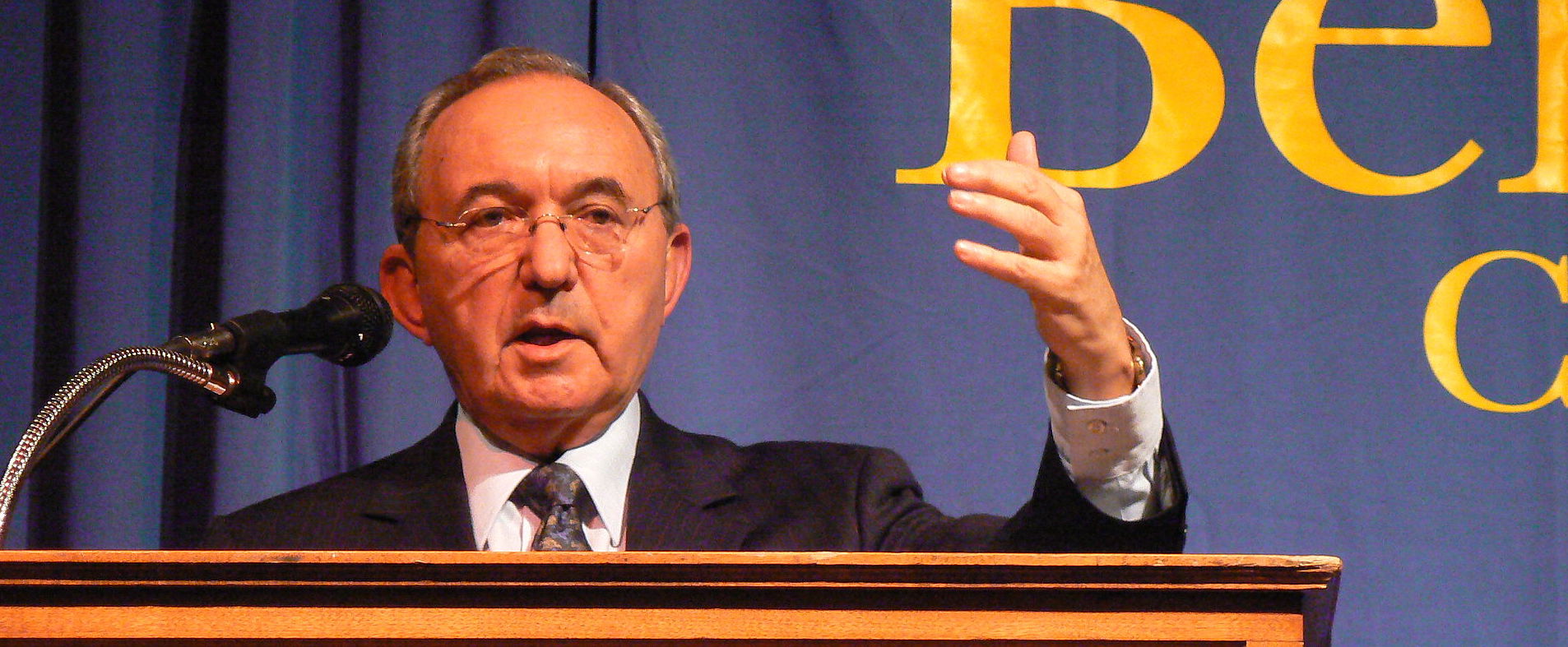“Never Again” is not good enough
Last week I visited the Dachau Concentration Camp Memorial site in Germany, the first concentration camp opened by the Nazis. I was immediately gripped by the emotionally moving exhibition and by the mere fact that I was standing at the same location where 32 000 documented deaths took place, with many more going undocumented. What particularly caught my eye were the words inscribed on a monument, in Yiddish, German, French, English and Russian “Never Again”. Yet, history continues to repeat itself as the genocide and persecution remain part of our modern day existence with many groups falling victim to such crimes. The Yazidi people, are one such group that has been ruthlessly targeted by ISIS.
The Dachau Concentration Camp Memorial site is a powerful reminder of the suffering of anyone who opposed the Nazi regime and those who were not deemed “worthy” to inhabit the German empire Adolf Hitler sought to create. Opened just a few weeks after Hitler was proclaimed leader it was originally designed to hold political prisoners (social democrats, communists, trade unionists) only, but was later expanded to include, gypsies, Jews, homosexuals, Jehovah’s Witness members, and priests. It would be the model followed in the construction and organisation of other concentration camps.
The Memorial is designed to take you on the journey endured by prisoners, from arrival where they are stripped of everything they own, daily roll call procedures, forced labour, crowded beds, and finally to their tragic death. The Memorial details the harsh conditions, poor nutrition, inhuman and degrading treatment designed to the crush the human spirit.
Prisoners were treated with extreme brutality and were frequently humiliated, punished and tortured by the Nazi guards. Using the powerful narrative of former prisoners, the Memorial site includes extracts from their testimony as they recall the horrors they experienced in the camp.
Dachau Concentration Camp existed for twelve long years before it was liberated by the Allied Forces in April 1945. The Memorial on the grounds was established in 1965 thanks to the efforts of surviving prisoners who formed the Comité International de Dachau and with financial support from the Bavarian state.
The monument bearing the words “Never Again” includes an urn, buried there in 1967, containing the ashes of an unknown prisoner. It symbolises the fate that befell thousands of prisoners who were burnt in the crematorium.
Walking past the crematorium and the gas chamber disguised as a shower room is an experience I will not soon forget. After prisoners died in the camp their bodies were cremated and ashes discarded. The information provided at the Memorial indicates that the ovens were operated day and night as the death toll continued to rise. Towards the end of 1944 the ovens were simply inadequate in comparison to the mounting number of corpses. When the Allied soldiers liberated the camp, they discovered dozens and dozens of naked corpses piled up in the crematorium.
Next to the crematorium is a statue called the “Unknown prisoner” by Fritz Koelle. Under the statute it is written “ to honour the dead, warn the living”, another phrase that triggered further pondering on how history repeats itself. After every massacre, genocide,or act of atrocity we all say “Never again” yet the United Nations Independent Commission of Inquiry into Syria confirmed in June this year that ISIS is committing genocide against the Yazidi people.
ISIS who have sought to eradicate the Yazidi people through murder, sexual slavery, and measures aimed to prevent Yazidi children from being born, have publicly denounced Yazidis as “infidels”. ISIS’s 2014 attack on the Sinjar District in Iraq revealed a new level of brutality and disregard for human life. Yazidi men and boys (over the age of 12) were either shot, execution-style, or had their throats slit. Some were killed for refusing to convert to Islam, others because weapons were found on in their possession, others for trying to escape. Women and small children were forced to watch as their family members were savagely murdered.
Women and children were also taken hostage and used as forced labour and sold as sexual slaves. The older women (over the age of 60) were reportedly murdered and buried in mass graves. Many women and children remain in captivity today. The UN report details women being kept in crowded holding areas, being given very little food and water and being forcibly transferred to “slave markets”
Unfortunately It won’t be long until we lament the lives lost, and trauma inflicted during acts of genocide. It will not be long before we build more memorials to honour and remember those who have passed. It will not be long before we say “Never again”.
*** This piece original appeared in the Star Newspaper on 18 August 2016.



